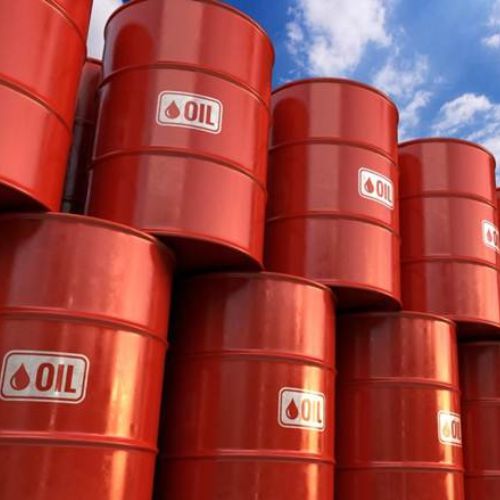Hong Kong, Feb 6 (ANI): The ongoing coronavirus outbreak has reduced economic activity in China, the world’s largest oil importer, with estimates of a short-term reduction in global oil demand weakening crude prices in recent days.
While a short-term demand shock in China will significantly increase oil price volatility, prices will likely rebound once the spread of coronavirus infection is contained, Moody’s Investors Service said on Thursday. However, it is difficult to ascertain how pervasive, widespread and severe the contagion will be before it is contained, it added.
The coronavirus outbreak has already led to suspended flight routes and the quarantine of millions of people in China around its epicentre. An extended disruption of economic activity in China will also reverberate around the world given the size and inter-connectedness of the Chinese economy.
“This disruption, in turn, will have a significant impact on global oil markets,” said Moody’s. “We would expect the rise in oil inventories to be potentially offset, at least to some degree, by cuts in supply.”
Still, a period of several months of slowing activity is likely to dampen oil prices for its duration and perhaps beyond depending on the build-up in global inventories.
Weak commodity prices will reduce the profitability and credit metrics of exploration and production companies. Reduced activity levels will also hurt drillers and oilfield service companies while reduced volumes will dampen midstream company earnings.
China consumes about 14 million barrels (bbl) of oil per day (bpd). While short-term reductions could be higher, under a hypothetical scenario, a 10 per cent sustained demand curtailment from China implies that 1.4 million bpd of demand will be lost.
Should such a significant fall in demand last for six months, for example, it could boost global inventories by perhaps 250 million bbl unless there was a commensurate reduction in supply. Such a boost to inventories will likely keep oil prices strained for at least a year.
While an increase in oil inventories was not the only reason for the decline in oil prices in early 2016, it was preceded by a sustained 300 million bbl increase in OECD oil inventories in 2015-16.
However, major oil producers such as the OPEC group of countries could respond with further production cuts thereby slowing a buildup of global inventories. A significant production cut amid other potential supply disruptions will possibly even be enough to support prices at their low-50 dollars per bbl levels as of early February.
Falling prices might even spark a reduction in US shale supply but probably not before prices fell much lower than current levels.
The coronavirus also threatens a material impact on global natural gas prices. China is a large consumer of natural gas and a large importer of liquefied natural gas (LNG). In 2018, China’s roughly 55 metric tonnes per annum in imports represented more than 15 per cent of the global LNG trade, according to the 2019 IGU World LNG Report.
But natural gas prices are still predominantly based on regional supply and demand, and LNG contracts are mostly take-or-pay.
“While we do not yet know the severity of the coronavirus outbreak, which is still largely contained within China, a substantial increase in its scope globally will have significant negative implications for the energy market. Past virus outbreaks did not hurt oil and gas demand as much, and while investors should be cautious, whether this time is different still remains to be seen,” said Moody’s.











